
Giants of the Mesozoic
Stand beneath some of the world's largest dinosaurs as you enter this snapshot of life in prehistoric Patagonia (145-165 million years ago). Take in a scene of an epic dinosaur battle between Giganotosaurus and Argentinosaurus with a flock of pterosaurs scattering away.
Play the role of a paleontologist as you examine the terrain to discover buried and trace fossils of other plant and animal species, such as dinosaur tracks, an Araucaria tree, a crocodile and a turtle shell.*
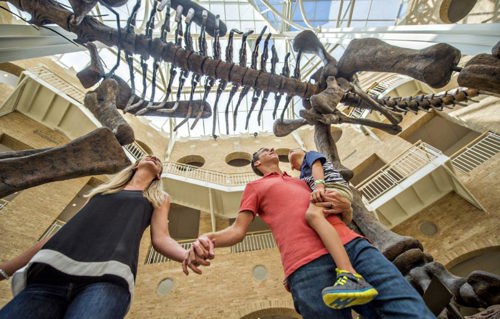
Exhibit Highlights
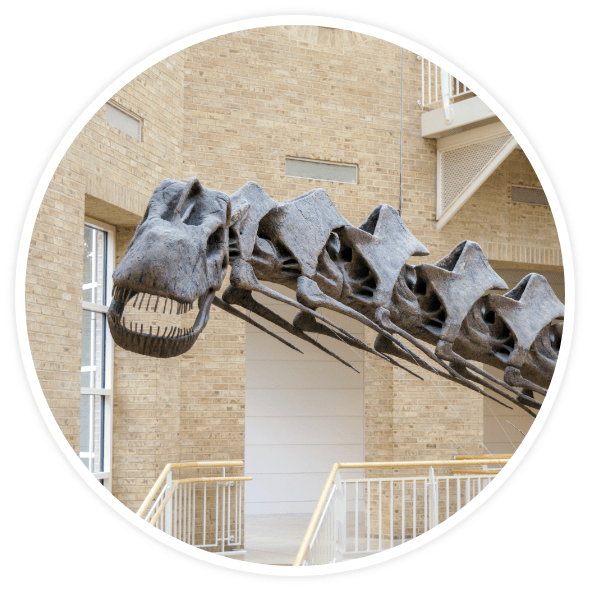
Argentinosaurus
- ar-gin-TEEN-oh-SAWR-us
- Dinosaur weighing over 100 tons
- Name means "Argentine Lizard"
- Plant-eater feasted primarily on conifers
- Lived 90 million years ago
- Measured more than 123 feet long, the length of nearly four school buses
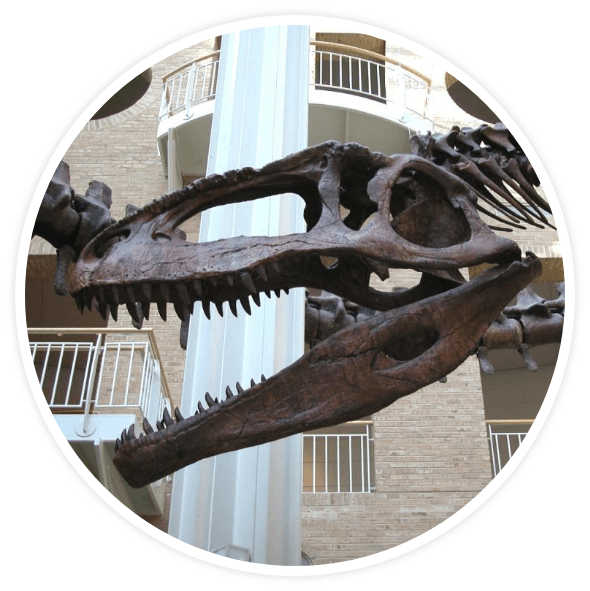
Giganotosaurus
- gee-ga-NOH-toh-SAWR-us
- Meat-eating dinosaur measuring 47 feet long and weighing 8-10 tons
- Ferocious hunger with 6-foot-long skull and 8-inch-long, knife-like teeth
- Name means "Great Southern Lizard"
- Lived 95 million years ago
- Nearly four feet longer than Tyrannosaurus rex
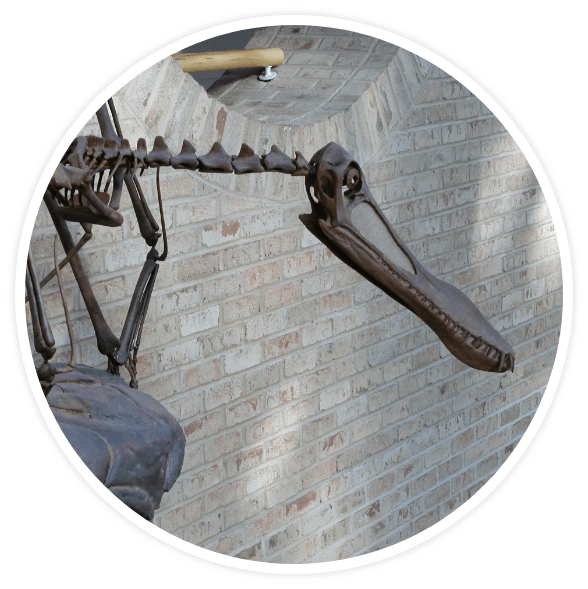
Anhanguera
- AN-han-GER-uh
- Flying reptile, or pterosaur
- Lived 120 million years ago
- Name means "Old Devil”
- Wingspan measured 18-19 feet
- Diet consisted of fish, which were likely consumed while in flight
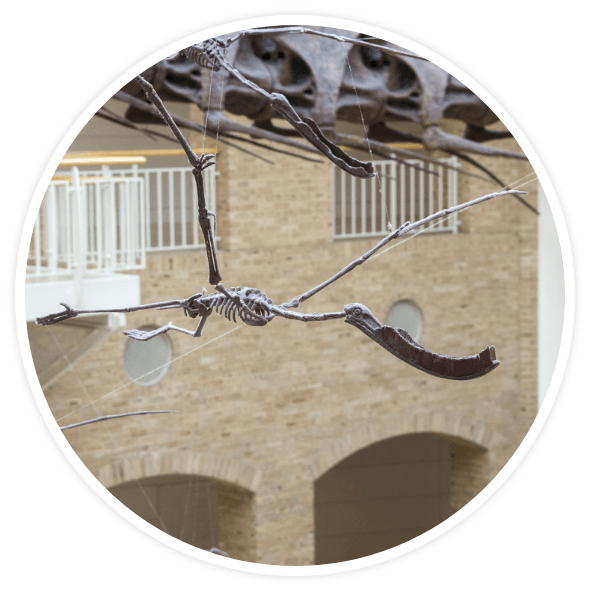
Pterodaustro
- TER-oh-DAS-troh
- Pterosaur
- Name means "Wing of the South"
- A flock of 21 pterosaurs soars above atrium
- Wingspan of 52 inches
- Lived 125 million years ago
We are grateful to the following sponsors, whose generosity has made this exhibition possible: Miller Family Foundation; Wells Fargo Foundation; Livingston Foundation, Inc.; The David, Helen and Marian Woodward Fund; The Arthur M. Blank Family Foundation; The Raymond M. Cash Foundation, Inc.; United Parcel Service; The Price Gilbert, Jr. Charitable Fund; and Frances Wood Wilson Foundation, Inc.
*The fossils on display in Giants of the Mesozoic are cast replicas of the original specimens. The fossilized bones remain in Argentina, where they are protected as a national treasure.









